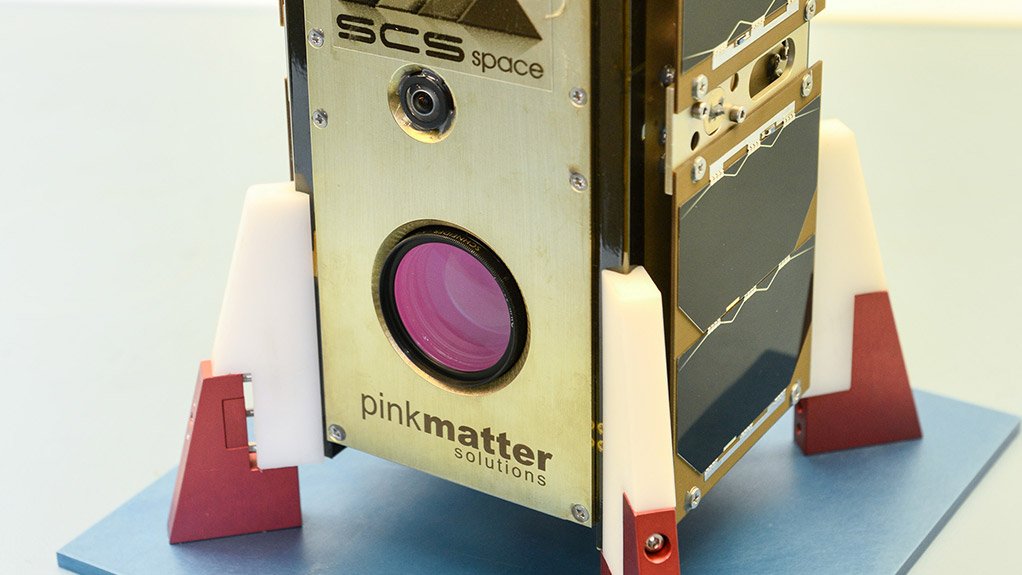Two South African-designed and built nanosatellites, designated nSight1 and ZA-Aerosat, are set to be launched into space next week, as part of a consignment of 28 nanosatellites from 23 countries. The entire shipment of nanosatellites will, according to current plans, be lifted into space by a rocket on April 18 and flown as cargo to the International Space Station (ISS) and subsequently be launched from the ISS.
All 28 nanosatellites, including the two South African examples, are part of the QB50 project, which is funded by the European Union (EU) and managed by the Von Karmen Institute. This is an intercontinental – not just EU – project to carry out research on a part of the atmosphere called the lower Thermosphere, which lies at altitudes between 200 km and 380 km.
nSight1 has a mass of 2.5 kg and is a product of SCS Space, a Cape Town company that is part of the SCS Aerospace group, while its ground segment software was provided by Pinkmatter Solutions. ZA-Aerosat was made by CubeSpace, a spin-off company from Stellenbosch University.
The nSight1 nanosatellite will be testing SCS’s newly-developed Gecko Imager and the Nelson Mandela Metropolitan University’s radiation mitigation VHDL coding technique, which has been patented. (VHDL stands for VHSIC Hardware Description Language; in turn, VHSIC stands for Very High Speed Integrated Circuit.)
“We are proud to be a part of an international space project of this magnitude,” affirmed SCS Space CEO Hendrik Burger. “It affords us the opportunity to test the next generation space camera technology which was uniquely developed by SCS Space and partners within industry development initiatives of the South African Department of Trade and Industry.”
The nanosatellites will be launched from Cape Canaveral, in Florida, in the US on mission OA-7, in a Cygnus cargo spacecraft, on top of a United Launch Alliance Atlas V rocket. After the Cygnus docks with the ISS, the crew of the station will unload the nanosatellites and move them to special deployers, using robotic arms. The nanosatellites will then be launched into their intended low Earth orbits during a period of 30 to 60 days.
“We are also looking forward to the next stage of this project which encompasses operational aspects such as mission control and processing the data received from our satellite,” he stated. “This will be done through our Houwteq Ground Station near Grabouw in the Western Cape.”
The nanosatellites will operate from some 18 months; in due course, they will fall back into the atmosphere and burn up. That data they collect will be used to refine models of the atmosphere, especially those which are applicable to spacecraft re-entry trajectories.
Edited by: Creamer Media Reporter
EMAIL THIS ARTICLE SAVE THIS ARTICLE
ARTICLE ENQUIRY
To subscribe email subscriptions@creamermedia.co.za or click here
To advertise email advertising@creamermedia.co.za or click here















